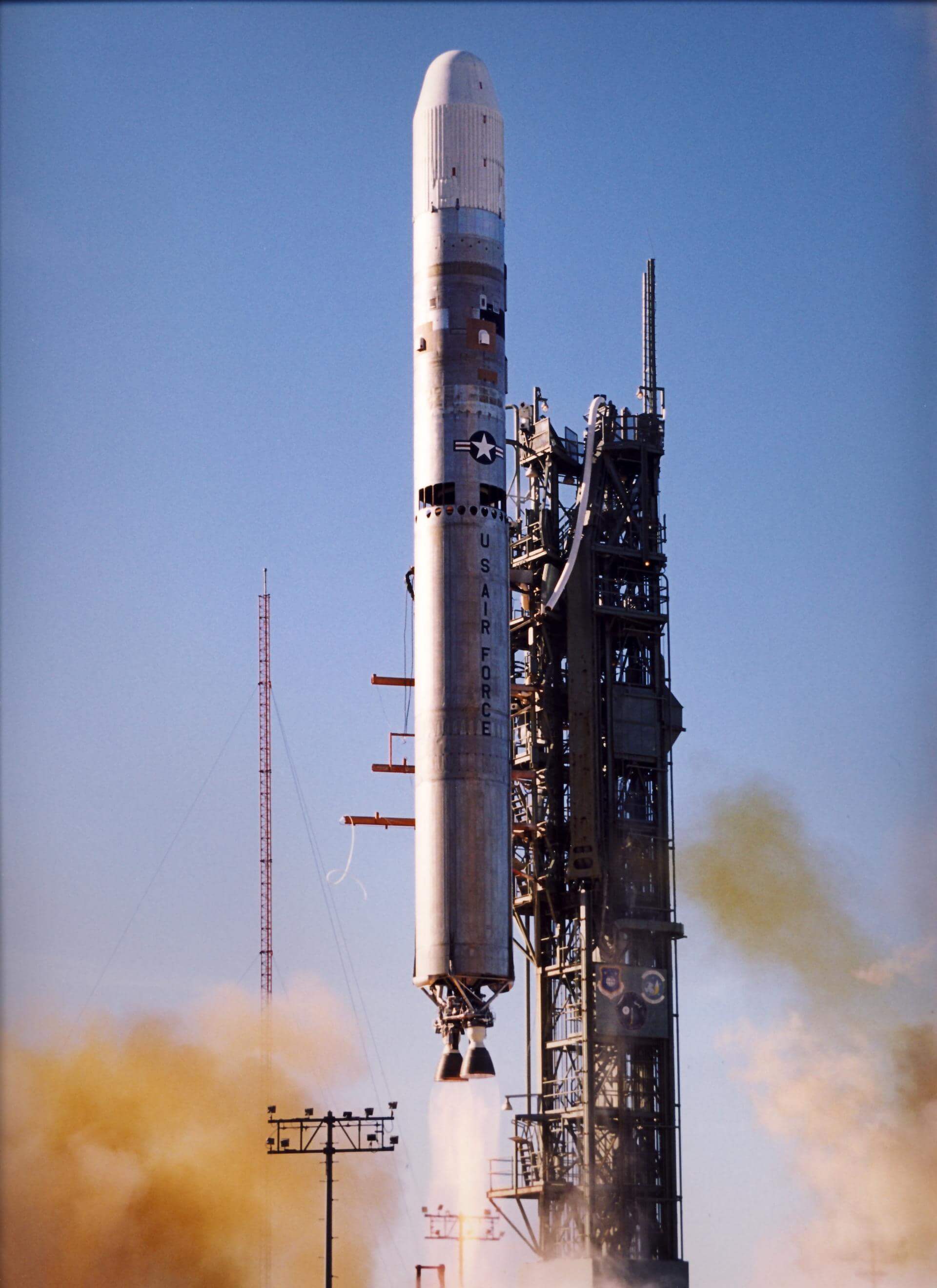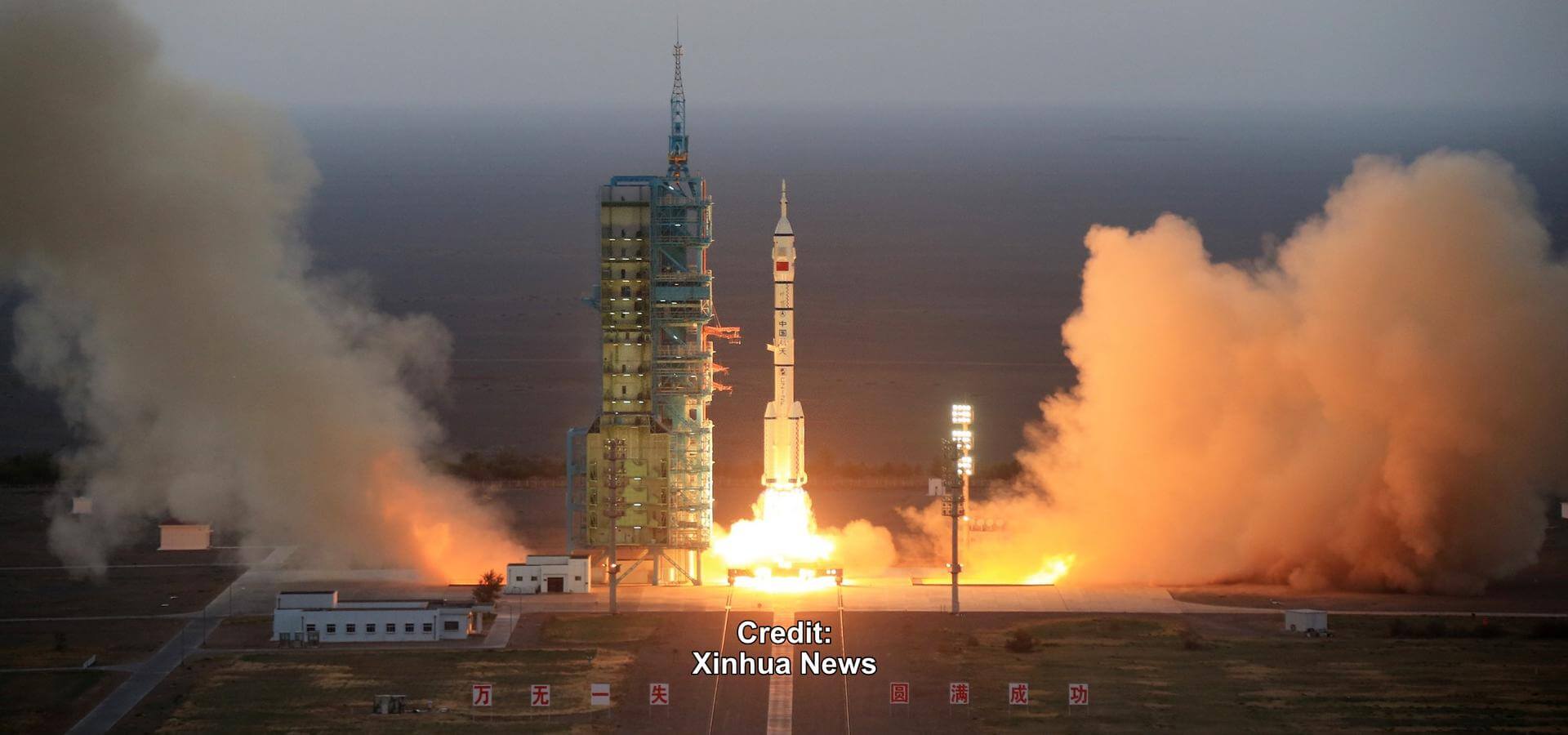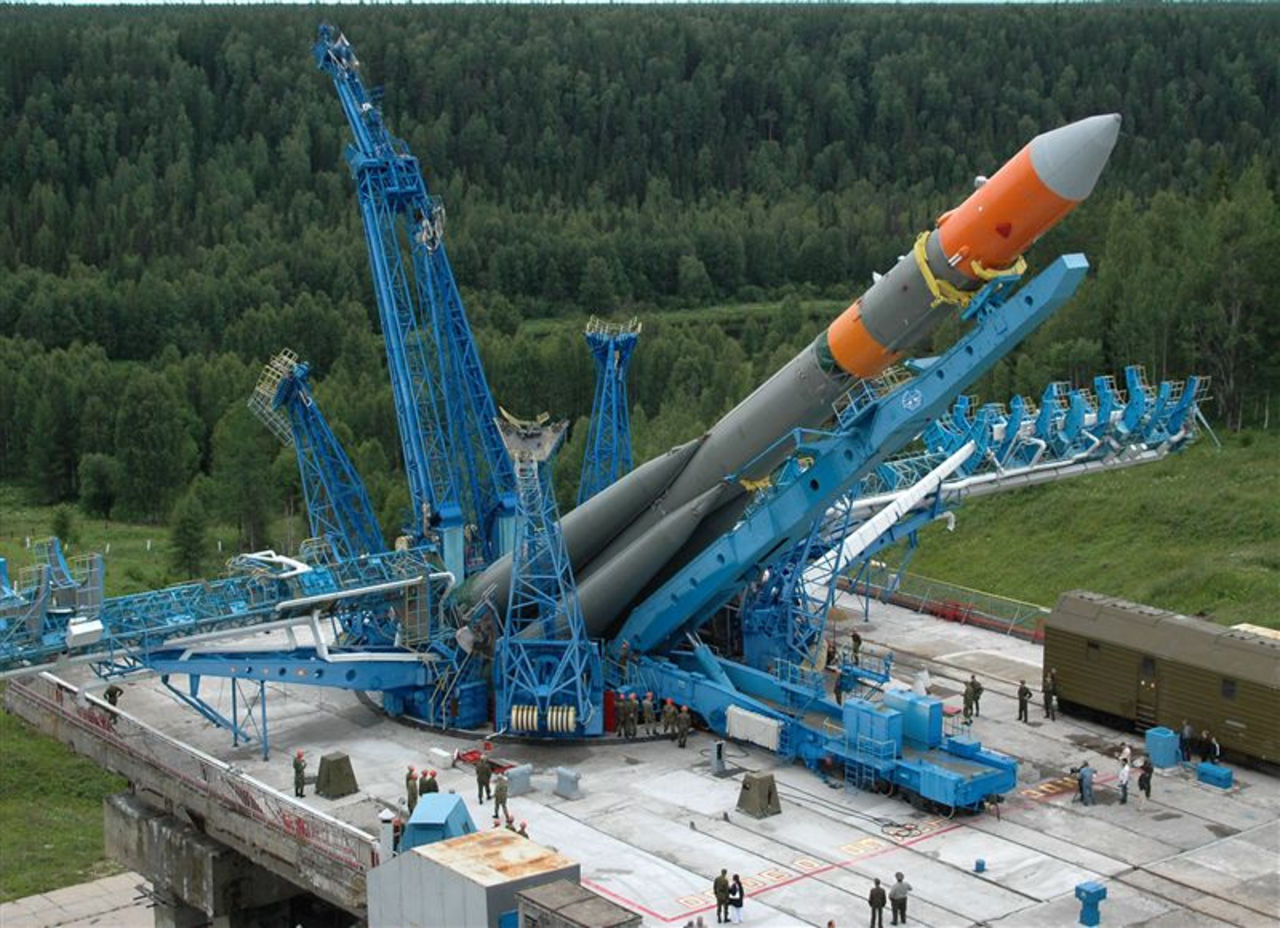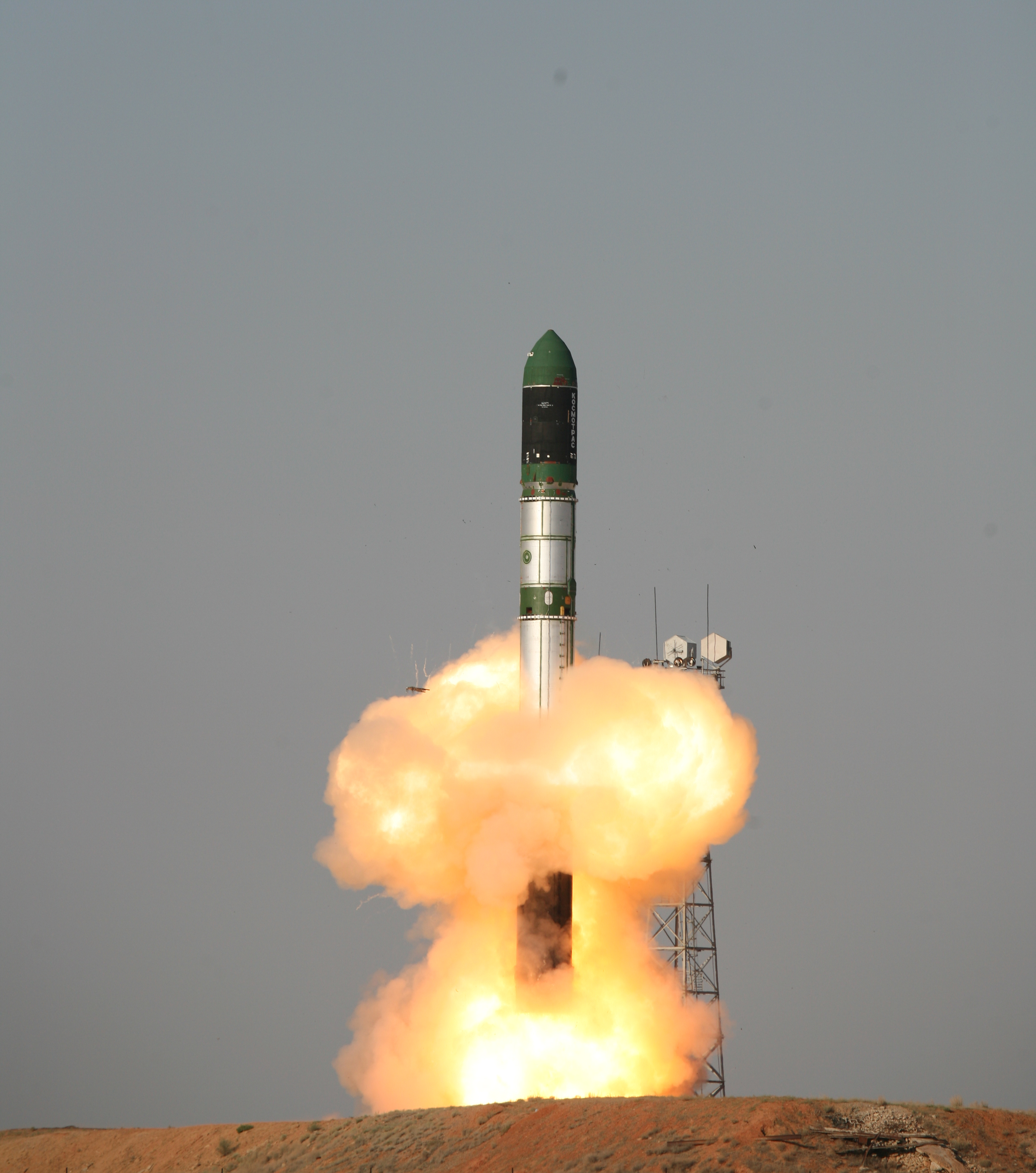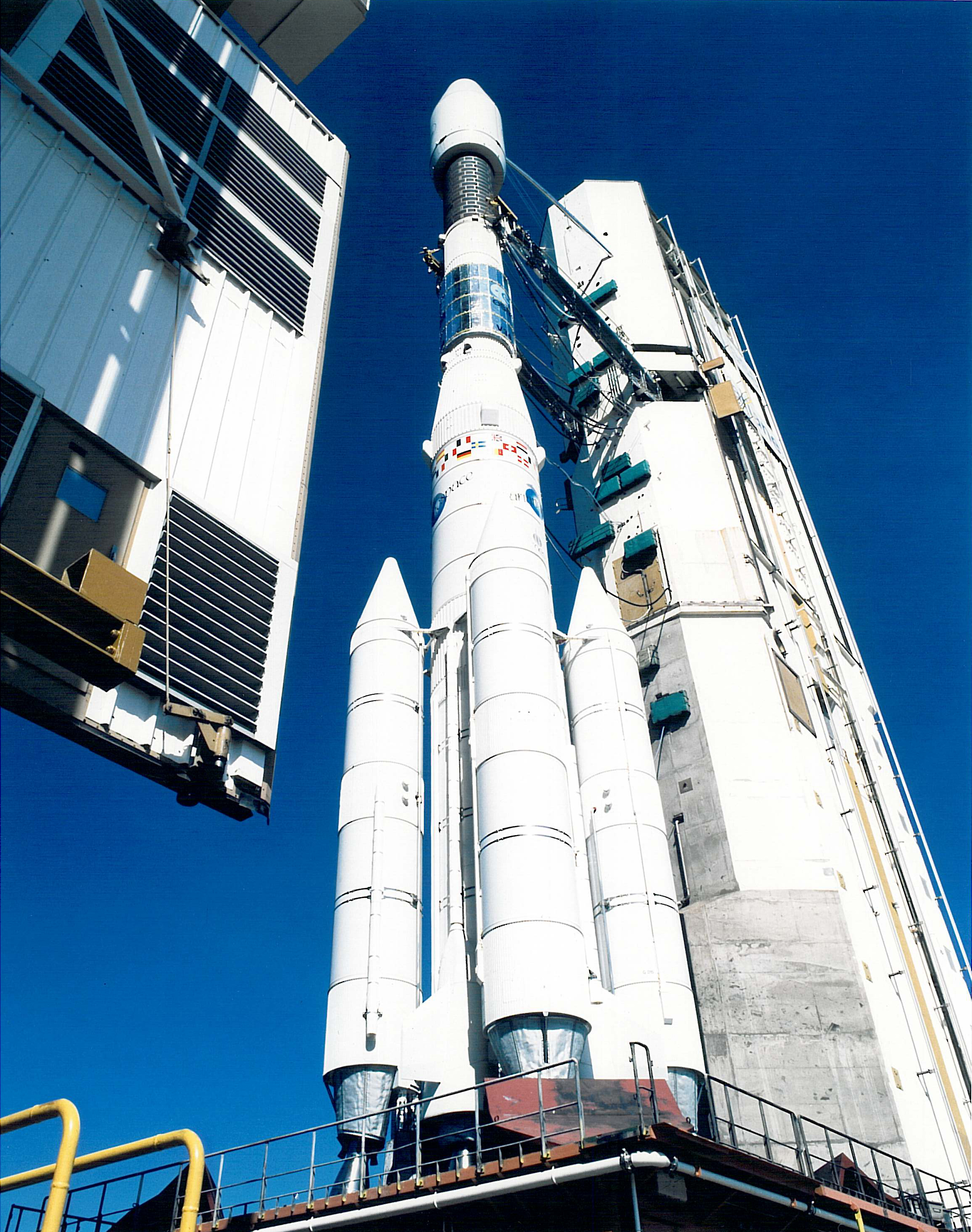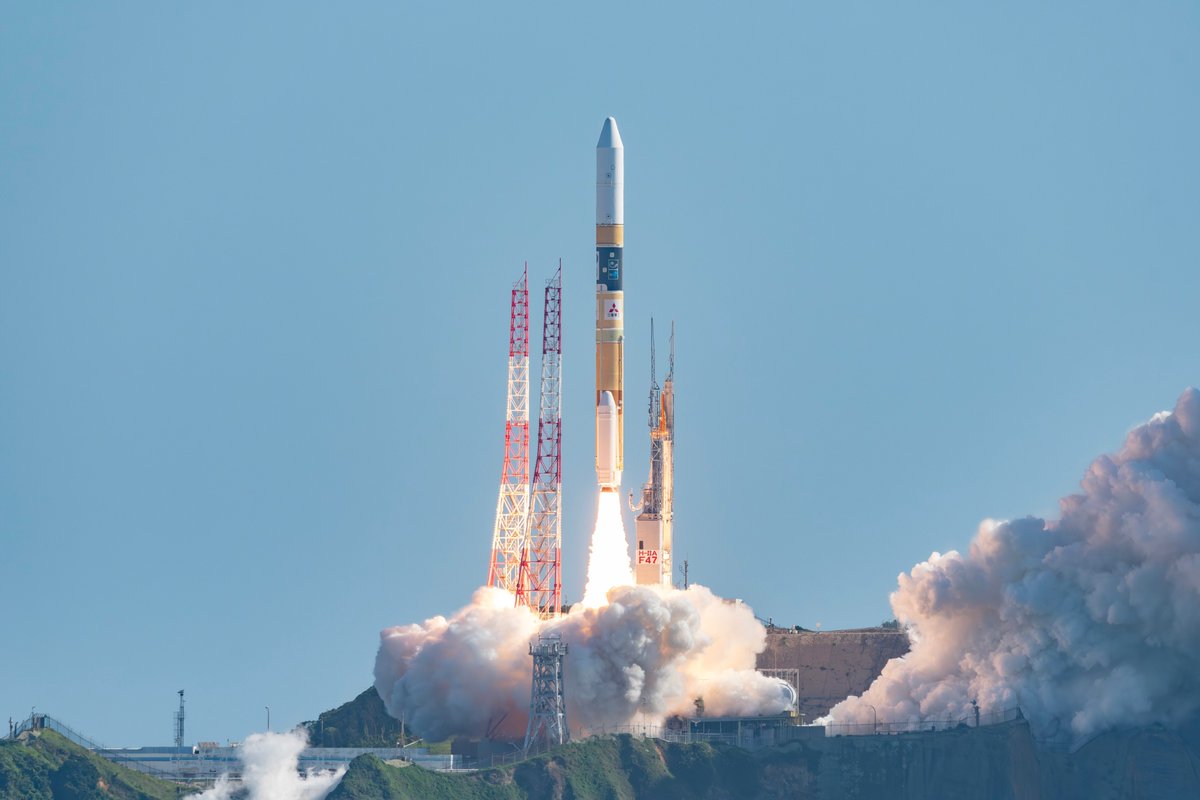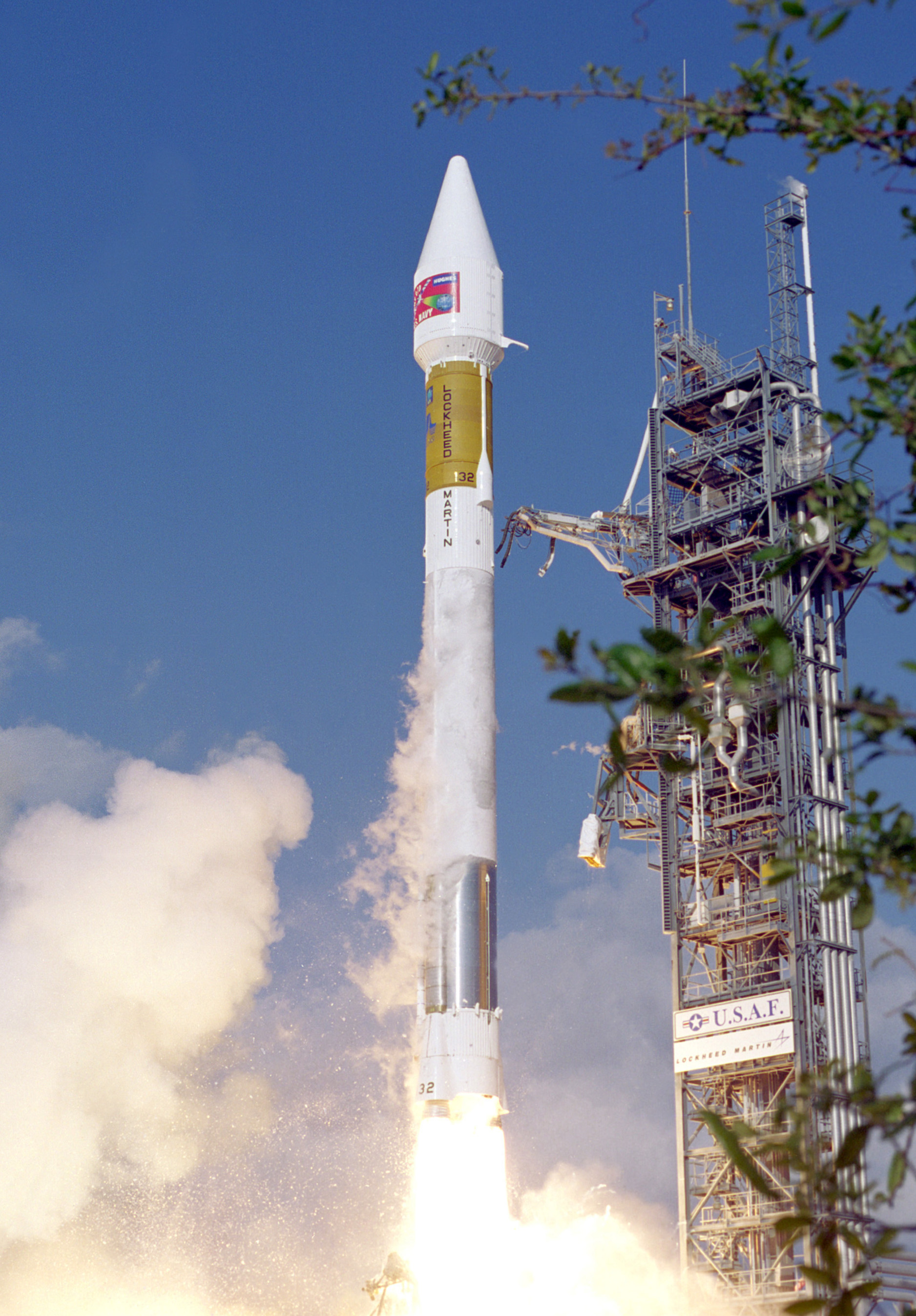Previous Spaceflight Launches
Filter by Agency, Locations or Vehicles
Show All LaunchesTitan II SLV | Coriolis
Lockheed Martin | United States of AmericaVandenberg SFB, CA, USA
Jan. 6, 2003, 2:19 p.m.
Status: Launch Successful
Mission:
The Coriolis / Windsat / SMEI three-year mission will provide Defense Department and National Oceanic and Atmospheric Administration (NOAA) weather data users with important ocean wind and solar wind measurements -- improving forecasting around the globe while building important knowledge that will be used in developing the next generation of Polar-orbiting environmental satellites.
Sun-Synchronous OrbitProton-M Briz-M | Nimiq 2
Khrunichev State Research and Production Space Center | RussiaBaikonur Cosmodrome, Republic of Kazakhstan
Dec. 29, 2002, 11:16 p.m.
Long March 2F | Shenzhou-4
China Aerospace Science and Technology Corporation | ChinaJiuquan Satellite Launch Center, People's Republic of China
Dec. 29, 2002, 4:40 p.m.
Status: Launch Successful
Mission:
Fourth and final test flight of the Shenzhou spacecraft, without crew on board. The spacecraft was flown in the same configuration as a crew-carrying mission, and as such two dummy astronauts were carried on board, as are sleeping bags, food and medication. The control systems were fitted with ability for manual control and emergency landing. The windows were constructed of a new material that was designed to stay clear even after reentry to allow an astronaut to confirm that the parachutes have deployed properly. The spacecraft carried 100 peony seeds to investigate the effect of weightlessness on plants grown from them. The 52 experiments onboard investigated areas in physics, biology, medicine, earth observation, material science, and astronomy.
Low Earth OrbitProton-K/DM-2M | Uragan 80 to 82
Khrunichev State Research and Production Space Center | RussiaBaikonur Cosmodrome, Republic of Kazakhstan
Dec. 25, 2002, 7:37 a.m.
Molniya-M | US-K 82
Russian Space Forces | RussiaPlesetsk Cosmodrome, Russian Federation
Dec. 24, 2002, 12:20 p.m.
Dnepr | AATiS-OSCAR-49
ISC Kosmotras | RussiaBaikonur Cosmodrome, Republic of Kazakhstan
Dec. 20, 2002, 5 p.m.
Ariane 44L | NSS 6
Aérospatiale | FranceGuiana Space Centre, French Guiana
Dec. 17, 2002, 11:04 p.m.
H-IIA 202 | Midori-2
Mitsubishi Heavy Industries | JapanTanegashima Space Center, Japan
Dec. 14, 2002, 1:31 a.m.
Ariane 5 ECA | Hot Bird 7 & Stentor
ArianeGroup | FranceGuiana Space Centre, French Guiana
Dec. 11, 2002, 10:21 p.m.
Status: Launch Failure
Mission:
Hot Bird 7 was a French communications satellite for direct to home broadcasting services from geostationary orbit at a longitude of 13 degrees East. Stentor is an experimental programme to validate technologies to be integrated into the next generation of telecommunications spacecraft.
Geostationary Transfer OrbitAtlas IIA | TDRS 10
Lockheed Martin | United States of AmericaCape Canaveral SFS, FL, USA
Dec. 5, 2002, 2:42 a.m.
